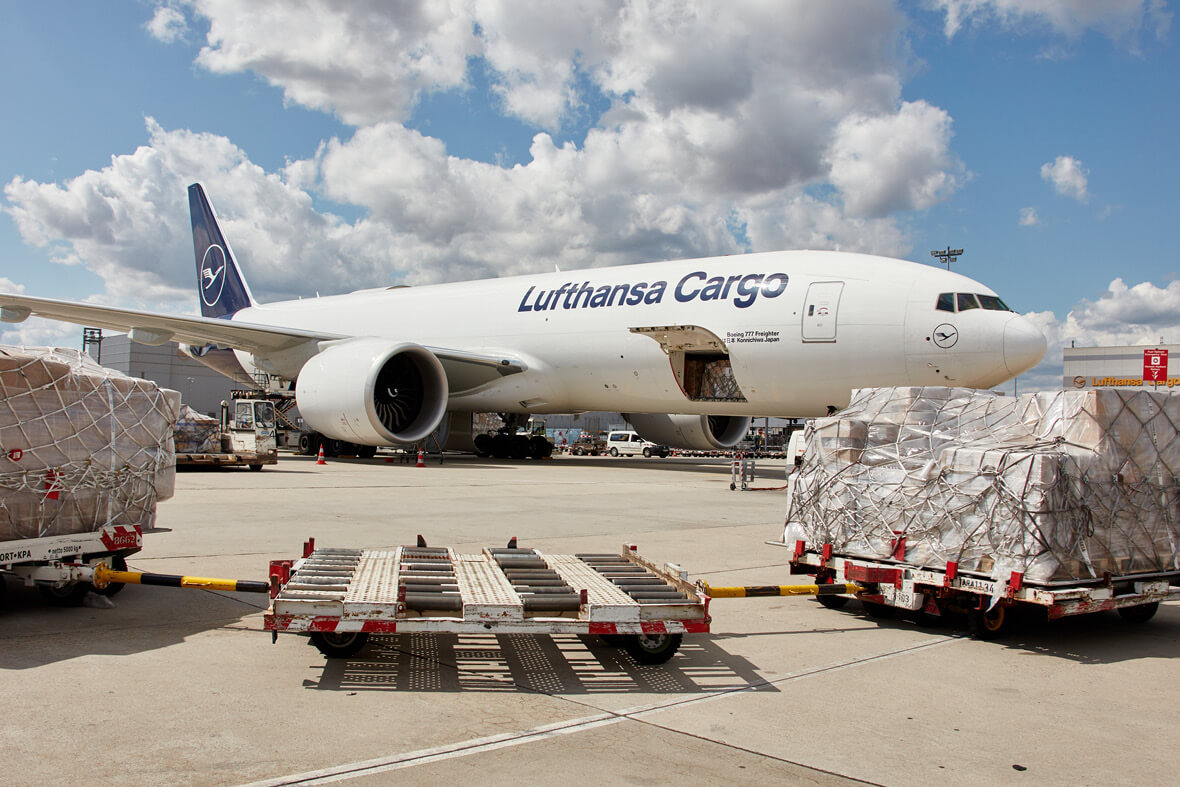One year on from the start of Russia’s barbaric and brutal attack on Ukraine, the global geopolitical and economic landscape has changed significantly, along with aspects of the international air freight landscape. Higher fuel and food prices are now baked in and have broadly stabilised; Russia has been cut off from large parts of the western economic sphere, along with its air freight companies and capacity; and China’s tacit support for Russia looks set to drive a further wedge between China and the US and its allies, just as China comes out of its Covid lockdown slowdown. The recent trend towards nearshoring looks set to be accompanied by a tenancy towards ‘friendshoring’ – trade favouring nations with shared cultural and political values and security interests. That’s likely initially to mean tech-related manufacturing that could have security or military implications, but it may eventually include a much wider range of industries.
Meanwhile, the growth of e-commerce, and its carriage by the air freight sector, looks set to continue, even if at a slower growth rate than seen in the last couple of years. As highlighted in the E-commerce Focus article on page 4, air freight stakeholders have a big opportunity to capture more of this market by developing a ‘hybrid’ delivery solution that sits between those offered by postal and express operators, and some companies are moving to develop these capabilities.
In the first of our regular ‘Inside View’ articles written by freight industry experts, Flexport’s Mathijs Slangen (on page 12) highlights that most logistics managers have now moved out of the crisis management phase triggered by the supply chain disruptions of the last two or three years, and are able to look forward again to more strategic management of their supply chains – with data and technology playing an ever-more key role in managing the associated freight movements.
This edition’s North America Report on page 14 notes that the softening of air freight markets has reduced traffic flows through some specialist cargo airports. But alternative gateways have become an ever-more important part of the options that some major freight forwarders offer their customers, and their role seems set to continue developing.
One of the highlights of this Spring issue is our annual Outlook Report, featuring insights from more than 20 influential stakeholders across the air freight sector. Outlook 2023 includes sections featuring contributions from key associations, airlines, charter brokers, GSSAs, cargo handlers, airports, and tech specialists. We are grateful for their contributions and I hope you enjoy reading them.
CAAS will, from now on, offer opportunities in each issue for intelligent thought leadership and briefing articles written by air freight industry specialists on a variety of themes, so please get in touch with any proposals.

































